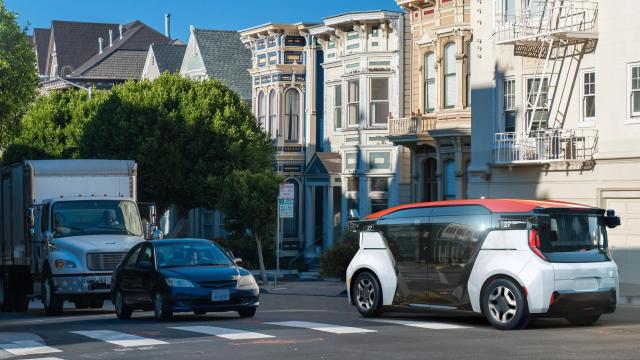MIT professor Carlo Ratti and data scientist John Rossant warned in a San Francisco Chronicle joint op-ed this weekend that robotaxis will be a blight on American cities. Their proof? That ridesharing has been a blight on American cities. The result of rideshare, particularly inexpensive rideshare like Uber Pool, has been a reduction in walking, biking, and public transit at the expense of more cars on streets. The goal was less traffic, and it actually made traffic worse. Ratti and Rossant believe robotaxis will only exacerbate the issue.
“Uber Pool was so cheap it increased overall city travel: For every mile of personal driving it removed, it added 2.6 miles of people who otherwise would have taken another mode of transportation.”
The only proven and foolproof way to reduce traffic is to reduce dependence on individuals in cars. Robotaxis are just rideshares without a driver getting paid, which is the same old snake oil re-bottled in a way that’s even worse for the local economy. According to a 2018 study, Uber generated about 70 per cent more carbon dioxide than the trips it displaced. So there are more cars on the road, and they’re making the air dirtier. Not to mention the fact that robotaxis are just really, really, really bad, I mean just awful, at driving. Clearly this can’t be the way forward.
In order for robotaxis to be the right way forward, significant investment needs to be made at the same time in buses, trains, biking, and walking infrastructure. On-demand autonomous vehicles should be considered only for last-mile solutions, caution Ratti and Rossant. In order to make this possible, they suggest the implementation of congestion taxes and fees in order to both dissuade mass adoption of autonomous taxi and improve funding for public transit projects.
Humans have a tendency to focus on the thing that is new and shiny, but the real solution is the boring workaday idea that didn’t really need to be re-jigged by Silicon Valley. Self-driving cars, electric cars, ride-sharing, app-based personal helicopters, whatever they are, these solutions can’t be cleaner and better for our cities than biking or walking or riding public transit. If we incentivize those methods of getting around, the city sees cleaner, clearer, and safer roads. That’s just how it works.
Do robotaxis really have an upside?
Image: Cruise
Want more Aussie car news? Here’s every EV we’ve reviewed in the last two years, all the EVs we can expect down under soon, and our guide to finding EV chargers across the country. Check out our dedicated Cars tab for more.
